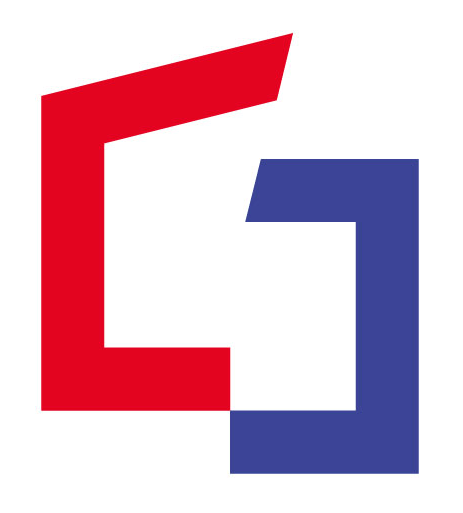June began with a political earthquake, and since then, the tension in the political arena has only grown. The key moment came on June 1st around 11:00 p.m., when late poll results revealed – contrary to earlier projections – that Karol Nawrocki had won the election. Shock, disbelief, and ultimately denial characterized the first days of the past month. The government panicked, floating increasingly far-fetched theories to explain what had happened. That panic evolved into a deepening political crisis, marked by a sharp drop in support for the ruling party.
Is this solely the result of their electoral defeat? Or could the loss – and the events surrounding it – be the consequence of a broader, earlier trend? Has something fundamentally changed in Poland in recent months that might be influencing public behavior? It’s clear that the government is suffering the consequences of wear and tear: it has deceived people in many areas and proven to be simply incompetent. But did this disillusionment have to unfold so quickly? Could this too be the result of a deeper shift? – asks Gazeta Polska Editor-in-chief Tomasz Sakiewicz.
In one regard, June was undoubtedly a turning point: conservative news channels – led by Republika – captured, perhaps for the first time in history, over 50% of the viewership among all news outlets. They also claimed a significant share of the overall television audience. What does this mean? The dominant narrative on TV is now driven by stations whose editorial stance is critical of the current ruling camp. Of course, television is not everything – but online media is also shifting in favor of the conservative segment of society. In June alone, Republika’s YouTube channel hit 100 million views.
For several years now, there’s also been a noticeable shift in social media. Elon Musk’s acquisition of Twitter (now X) not only introduced a major conservative player to the platform but also forced other social media companies to partially revise their policies. The system began to crack. Both the EU and Poland responded by trying to introduce official censorship mechanisms for these platforms.
Naturally, monthly data doesn’t reflect the daily trends – and it was the day-to-day shifts that played a key role in the election outcome. In the final days of May, media influence between conservatives and the liberal-left seemed at least evenly matched in the political news sphere. Symbolically, the turning point came in the Nielsen ratings on the evening of June 1st. At exactly 11:00 p.m., when the late poll results were announced, Republika became the leading news channel in Poland – and has remained the most-watched ever since.
Poles – who are, on the whole, more conservative than left-leaning – found media that reflected their views and placed their trust in them. The state’s attempts to destroy these media outlets will backfire in the same way as trying to question the election outcome: it will strengthen public support for these editorial teams, further erode the ruling camp’s popularity, and deepen the political crisis. Of that, I am completely certain.
The only question is: has the government realized yet that it’s living in a different world?
This article appears in the latest issue of “Gazeta Polska,” available for sale starting Wednesday, July 16, 2025.
The weekly “Gazeta Polska” is also available through a convenient digital subscription. Check out the subscription offer HERE » prenumerata.swsmedia.pl or call 605 900 002 or 501 678 819.
